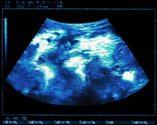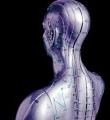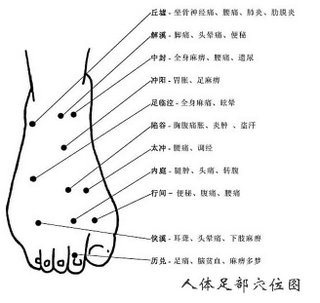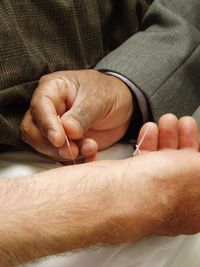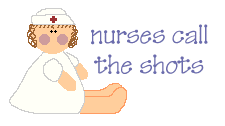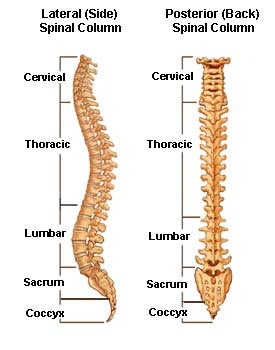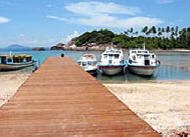What Are the Risk Factors for Breast Cancer ( I I )

Family history of breast cancer:
Breast cancer risk is higher among women whose close blood relatives have this disease. Your risk of developing breast cancer is increased if:
• You have 2 or more relatives with breast or ovarian cancer.
• Breast cancer occurs before age 50 in a relative (mother, sister, grandmother
or aunt) on either side of the family. The risk is higher if your mother or
sister has a history of breast cancer.
• You have relatives with both breast and ovarian cancer.
• You have 1 or more relatives with two cancers (breast and ovarian, or 2 different
breast cancers).
• You have a male relative (or relatives) with breast cancer.
• You have a family history of breast or ovarian cancer and Ashkenazi Jewish
heritage.
• Your family history includes a history of diseases associated with hereditary breast cancer such as Li-Fraumeni or Cowdens Syndromes.
Having 1 first-degree relative (mother, sister, or daughter) with breast cancer approximately doubles a woman's risk, and having 2 first-degree relatives increases her risk 5-fold. Although the exact risk is not known, women with a family history of breast cancer in a father or brother also have an increased risk of breast cancer. Altogether, about 20% to 30% of women with breast cancer have a family member with this disease.

Personal history of breast cancer: A woman with cancer in one breast has a 3- to 4-fold increased risk of developing a new cancer in the other breast or in another part of the same breast. This is different from a recurrence (return) of the first cancer.





